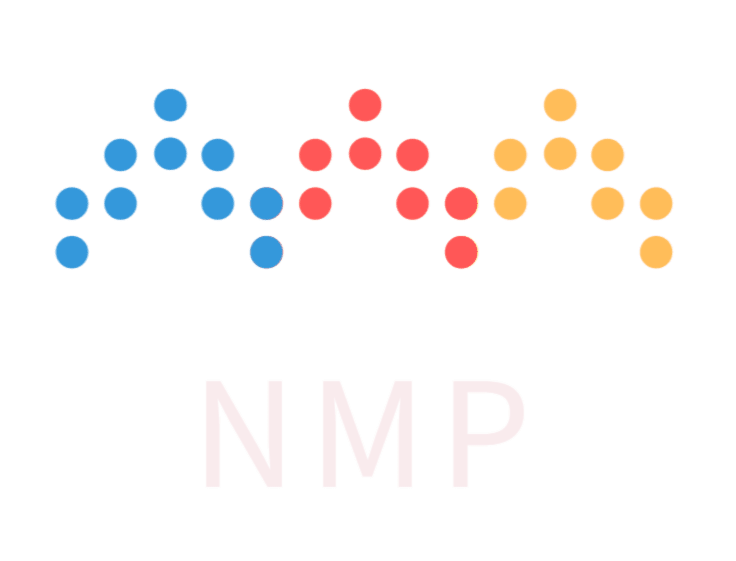The PSTN Switch Off: What You Need to Know


PSTN Switch off
As the digital landscape continues to evolve, the traditional Public Switched Telephone Network (PSTN) that has been the backbone of global telecommunications for over a century is undergoing a monumental shift. The PSTN switch off, and more specifically, Integrated Services Digital Network (ISDN) services, is far more than just a technical upgrade; it’s a transition that will profoundly impact how businesses of all sizes communicate, operate, and innovate.
In this comprehensive guide, we’ll dive deep into the world of PSTN and ISDN, understand why the switch-off is taking place, break down the benefits and challenges, and provide practical steps for businesses to successfully navigate this sea change in communication technologies.
The Background of PSTN and ISDN
Before we discuss the upcoming switch off, it’s important to understand the history and significance of PSTN and ISDN. The PSTN is a collection of interconnected systems that enable the signalised transfer of messages within a public and private network of transmission media, including copper lines, microwave, and fiber optics. Initially designed to carry voice calls, the PSTN gradually expanded to support data communication.
ISDN, a digital telephone system, was a leap forward from the analogue system of PSTN, offering better voice quality and the simultaneous transfer of voice, data, and video over the telephone network. For over 40 years, ISDN was a staple of reliable business communications, particularly for industries with high call volumes and those needing to run multiple telecommunications services over the same line.
Reasons for the Switch Off
The decision to switch off PSTN and ISDN services is driven by a mix of technological advancement, regulatory changes, and economic factors. The rapidly improving capabilities of internet-based communication technologies, including Voice over Internet Protocol (VoIP), offer more features, higher quality, and cost-effectiveness than ISDN. Regulators and service providers are now pushing for the termination of outdated services to repurpose infrastructure to support modern systems.
Additionally, the environmental impact of maintaining the old copper infrastructure has prompted the push towards greener, more energy-efficient communication networks. The switch to digital services also aligns with broader sustainability efforts and carbon reduction targets for many countries and supranational bodies.
Benefits of the Switch Off
Despite the expected challenges, the PSTN switch off brings several substantial advantages to businesses that are prepared for the transition.
Improved Communication Technologies
The end of PSTN and ISDN services marks the beginning of a new era in business communications. By leveraging VoIP and other IP-based solutions, companies can enjoy a rich set of features not previously available, including high-definition voice, video conferencing, and unified communication platforms that streamline interaction within and outside their organizations.
Cost Savings
Traditional telephony services can be cost-prohibitive, particularly for small and medium-sized enterprises. With the switch to internet-based communication, businesses can reduce their operational costs, such as line rental fees, call charges, and maintenance expenses associated with legacy phone systems.
Scalability and Flexibility
VoIP and related technologies provide unparalleled scalability and flexibility. As businesses grow or their communication needs change, they can quickly and easily upscale or downscale their services without significant hardware changes or infrastructure upgrades.
Challenges and Considerations
While the benefits are clear, transitioning from PSTN and ISDN to new systems is not without its challenges. IT professionals and business owners must carefully consider several factors before and during the switch off process.
Legacy Equipment and Systems
Many businesses still rely on older hardware and phone systems that are not compatible with new communication technologies. The need to upgrade or replace this equipment can represent a significant upfront investment and is often one of the most daunting aspects of the switch off.
Transition Planning and Implementation
Poorly planned transitions can lead to communication downtime, lost business, and frustrated customers. A meticulous transition plan should include a comprehensive inventory of current communication systems, a timeline for switch-off, and a phased approach to adopting new technology to ensure a smooth migration.
Security and Reliability Concerns
As with any new technology, concerns over security and reliability are common. Businesses must select reputable service providers that offer secure and reliable VoIP solutions and train staff to maintain best practices to mitigate these risks.


Preparing for the Switch Off
To mitigate the challenges associated with the switch-off, businesses should take proactive steps to prepare for the transition.
Assessing Current Infrastructure
The first step in preparing is to conduct a thorough audit of your current communication systems. Identify all ISDN lines and devices and assess their compatibility with IP-based alternatives. This review will inform your decision on what needs to be replaced, upgraded, or integrated with new systems.
Planning for Alternative Communication Solutions
Identify and research new communication technologies that align with your business needs and growth strategy. Consider factors such as the scale of your operations, the type of services you provide, and the expected volume of communication to select the most suitable VoIP or cloud-based solutions.
Training Staff on New Technologies
Human factors play a critical role in the successful adoption of new technologies. Provide your staff with comprehensive training on how to use the new communication systems to ensure a smooth transition and maximise the benefits of the new service.
Case Studies
To illustrate the real-world impact of the PSTN switch off, let’s look at some prominent examples of businesses that have already made the transition.
Company A: Streamlined Operations
An international logistics company found that by switching to a unified communications platform, they were able to integrate their global operations more effectively. They saw a 30% reduction in communication costs and a significant improvement in customer service through enhanced call routing and management tools.
Company B: Enhanced Collaboration
A multinational consultancy firm leveraged the switch to VoIP to improve collaboration among their dispersed workforce. With advanced conferencing features and seamless integration with their workflow management systems, project teams were able to communicate more efficiently, resulting in faster project delivery and higher customer satisfaction.
Company C: Simplified Expansion
A growing e-commerce startup benefitted from the scalability of cloud-based VoIP services, allowing them to easily add new phone lines and features as they expanded into new markets. This agility in their communication system meant they could focus on their growth strategy without the worry of outgrowing their phone infrastructure.
Conclusion
As the PSTN switch-off date approaches, preparing for this transition is no longer an option but a strategic necessity. The decisions you make now will not only affect the efficiency of your business communications but also influence your competitiveness and ability to innovate in the digital age.
By understanding the reasons behind the switch off, acknowledging the benefits of the new systems, and effectively navigating the potential challenges, your business will be well-equipped to embrace the future of communication without the anchors of the past. It’s time to take action, explore new communication solutions, and ensure your business thrives in the post-PSTN era. Upgrade to VoIP today and future-proof your business for tomorrow. So, don’t wait till it’s too late – start planning your switch to VoIP now!
Finally, remember that this is just the beginning of a new era in communication technology. As advancements continue to be made, there will always be new opportunities for businesses to improve their communication systems and stay ahead of the curve. So, keep an open mind and be ready to adapt as technology evolves. With VoIP, you can simplify your expansion and enjoy faster project delivery and higher customer satisfaction. Let’s embrace the future together!
Please contact us if you want to know more or need help planning the PSTN switch off


Recent Comments